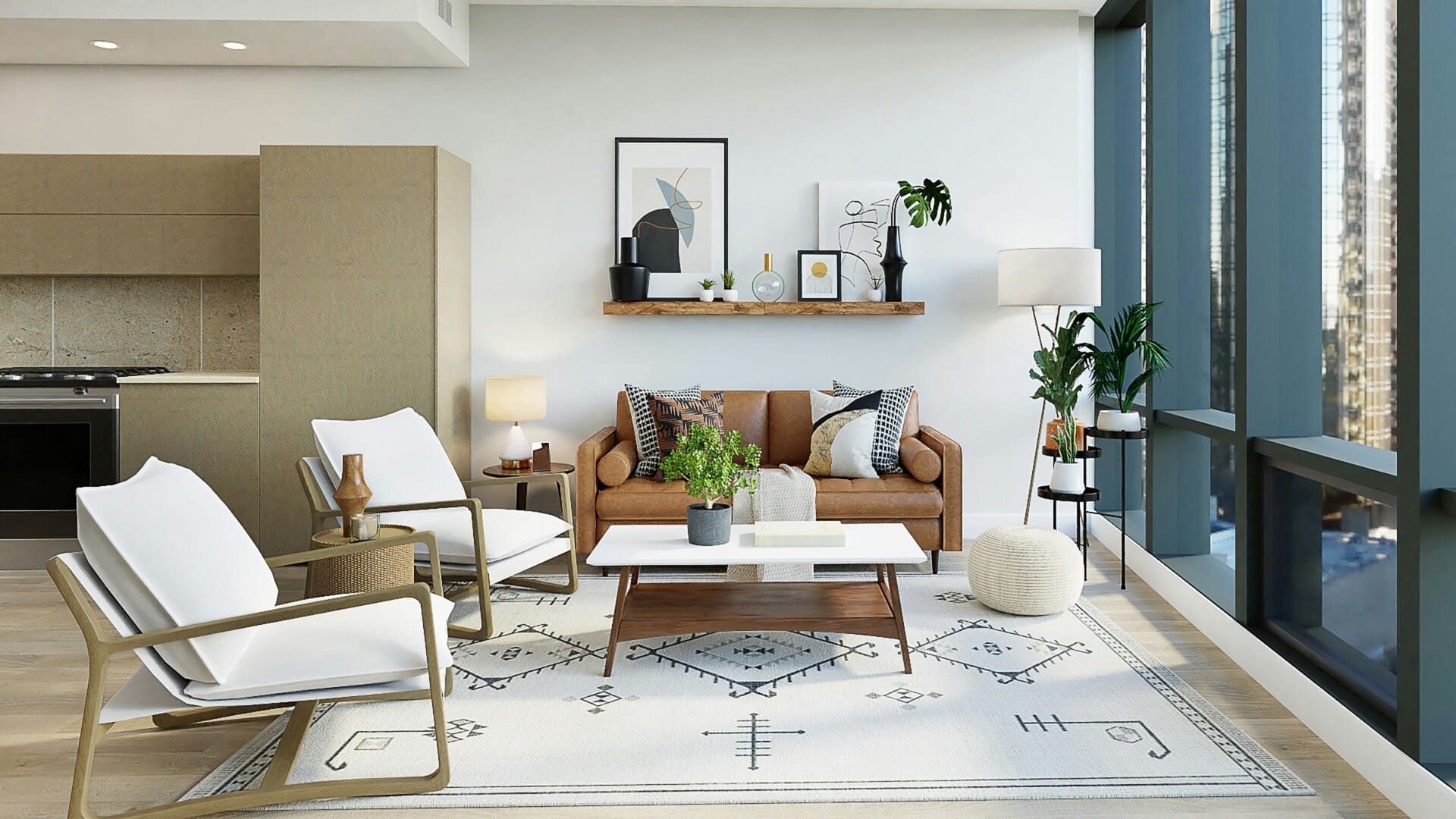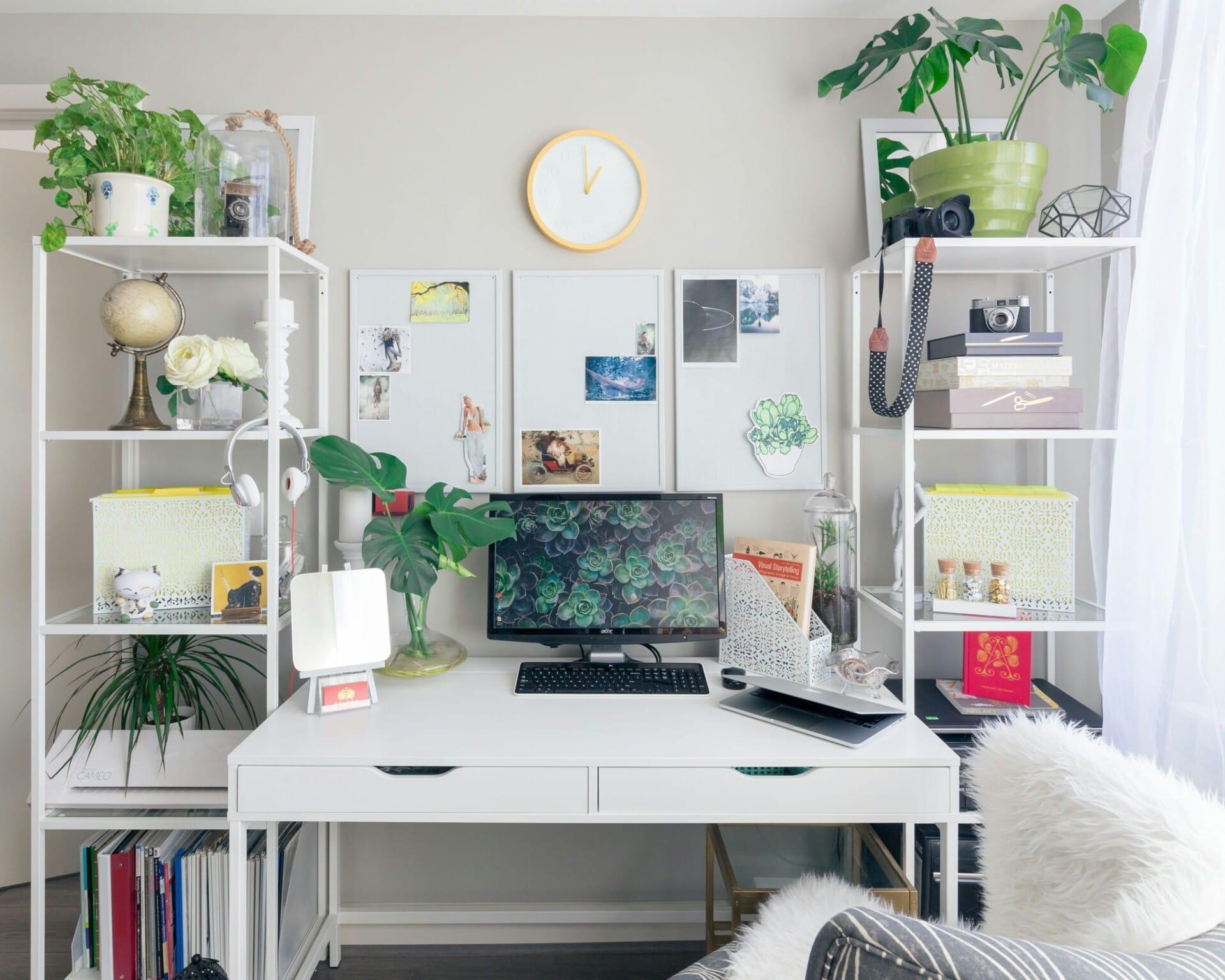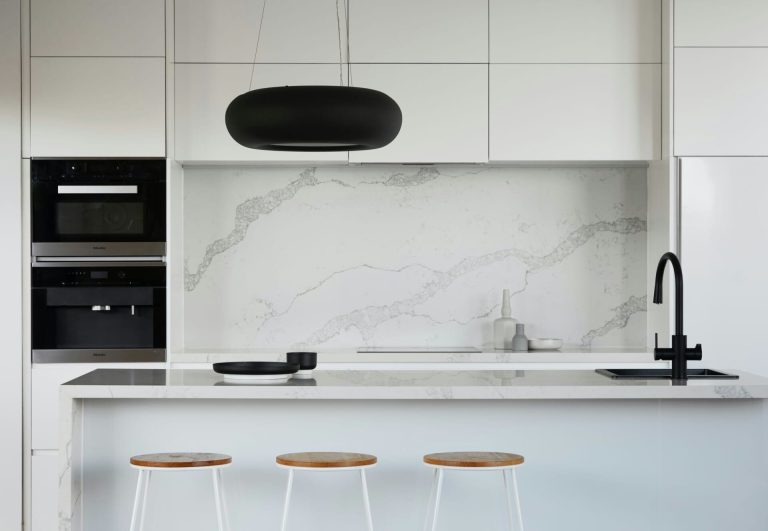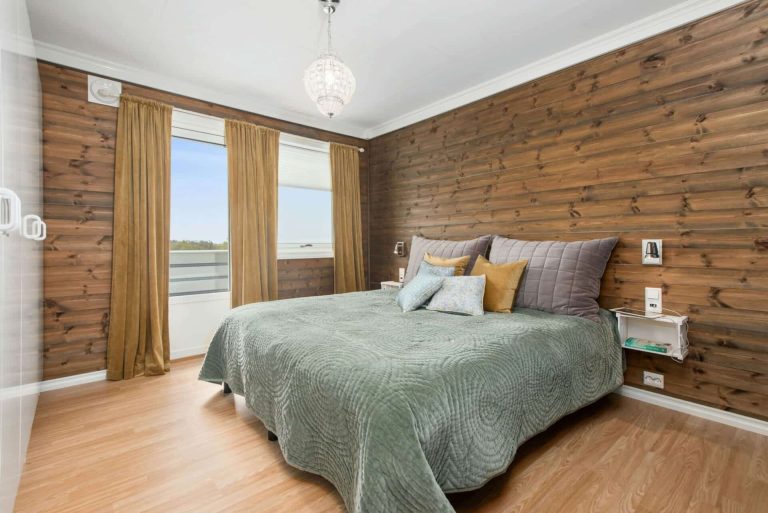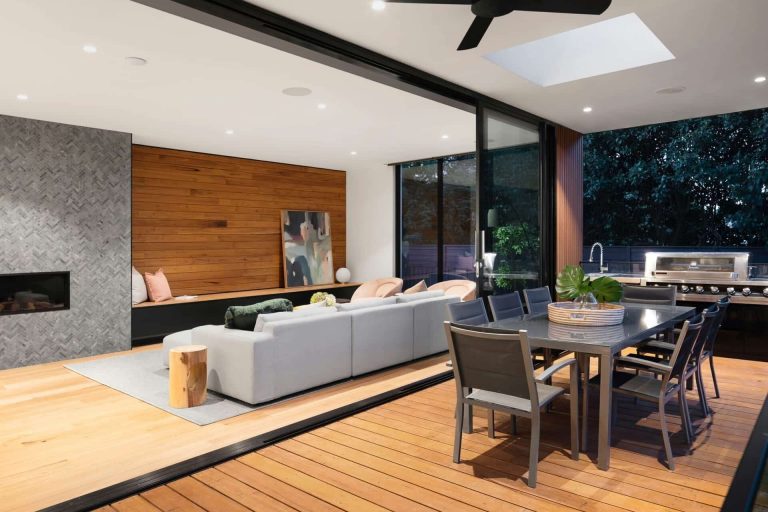Choosing the right paint color for each room in your home is more than just picking a shade from a sample card; it’s an art form that can transform a space and influence the mood of those who inhabit it. Colors can breathe life into a dull room, create a sanctuary of calm, or energize a bustling family hub. As we navigate through the vibrant world of hues, undertones, and finishes, understanding how to harmonize color with the unique characteristics of each space becomes essential. In this article, we will explore the fundamental principles of color theory, the psychological effects of different shades, and practical tips to help you select the perfect palette for every room in your house. Whether you are embarking on a full renovation or simply refreshing a corner with a splash of color, this guide will equip you with the tools and insights needed to make informed choices that reflect your personal style and enhance the overall ambiance of your home. Join us as we dive into the colorful universe of home painting, where each stroke can narrate a new story and every room can discover its true identity.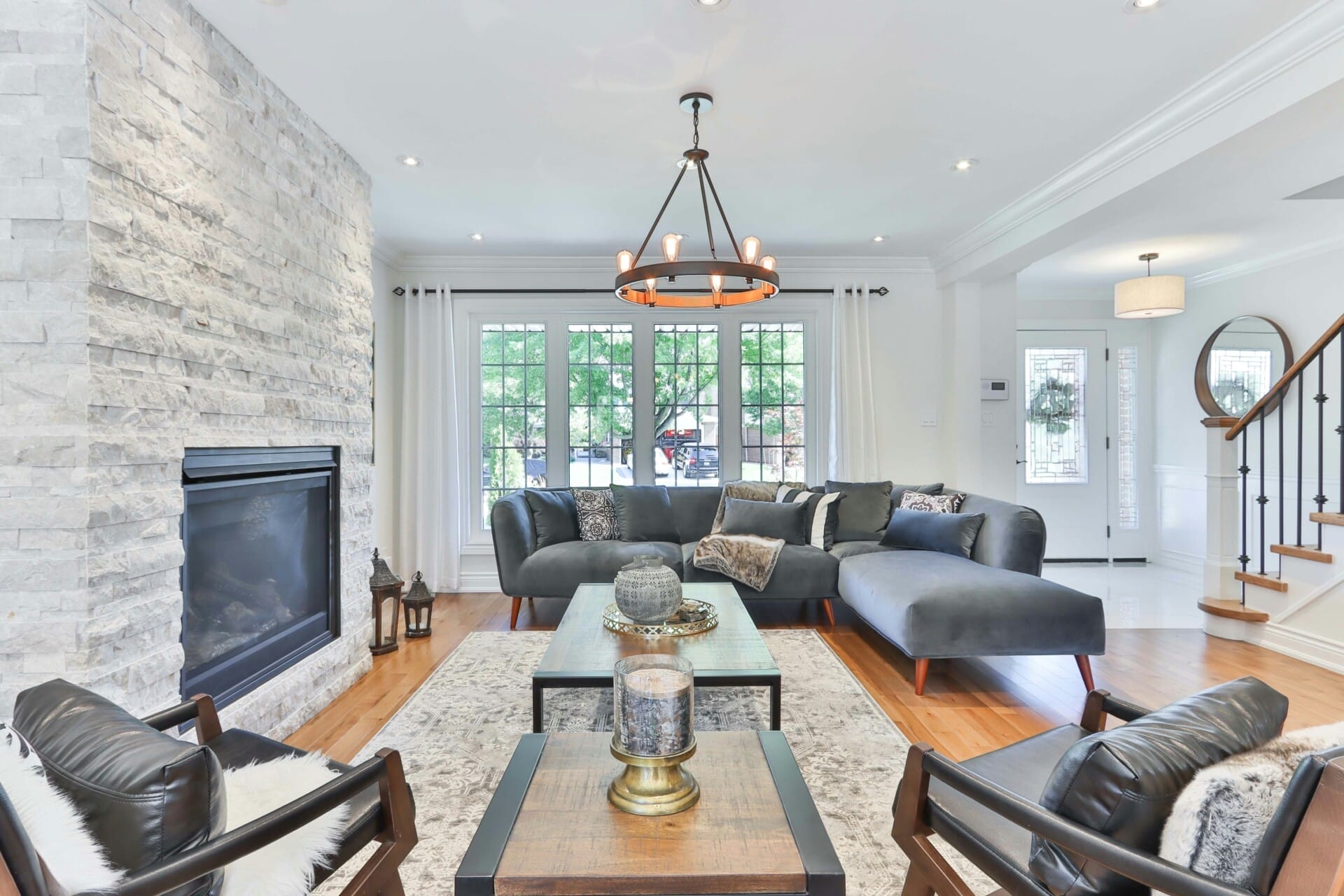
Understanding the Impact of Light and Space on Color Choice
When embarking on the journey of selecting a paint color, two critical elements reign supreme: light and space. Both the natural and artificial lighting in a room dramatically influence how a color appears. For instance, a vibrant yellow can evoke warmth under bright sunlight, while the same shade can seem muted or almost dull in a poorly lit space. Understanding the type of light that enters a room at different times of the day can help you make informed decisions that enhance your chosen hue.
Similarly, the dimensions and characteristics of a room can either amplify or diminish the impact of a paint color. In smaller spaces, lighter colors can create an illusion of openness and airiness, making the room feel more expansive. Conversely, larger rooms can benefit from darker hues, which can create a cozy, intimate atmosphere. To facilitate this understanding, consider using the following guidelines when assessing your space:
- North-facing rooms: Often receive cool light, making warmer hues like soft creams or warm grays ideal.
- South-facing rooms: Benefit from warm light, which can enhance cooler colors such as blues and greens.
- East-facing rooms: Capture the soft morning light, making pastel shades a great choice.
- West-facing rooms: See vibrant, rich hues during sunset, perfect for deep reds or burnt oranges.
To further explore the interplay of light and color, it can be useful to consider how sunlight exposure and artificial lighting sources (like LED or incandescent) impact color perception. Below is a simple comparison that highlights how different types of lighting can change the look of your paint:
| Lighting Type | Effect on Color |
|---|---|
| Natural Light | Enhances vibrancy and true color representation. |
| LED Light | Can make colors appear cooler; best with neutral tones. |
| Incandescent Light | Warms up colors, making them appear richer and cozier. |

Exploring Color Psychology for Various Room Functions
When transforming a space, understanding the impact of color psychology can be key to creating the desired mood and functionality. For instance, in living rooms, colors like soft blues and greens promote calmness and comfort, allowing family gatherings to be relaxed and enjoyable. These hues can create a welcoming atmosphere, encouraging conversation and connection among loved ones.
In contrast, kitchens often benefit from vibrant shades, such as yellows or orange, which are associated with energy and warmth. These colors can stimulate appetite and spark creativity, making them ideal for food preparation and gathering. Here are some colors that work well in kitchen spaces:
- Yellow: Invigorates and uplifts mood
- Red: Stimulates appetite and energy
- Green: Evokes freshness and health
For more personal spaces like bedrooms, opting for soothing colors such as lavender or soft pink can promote relaxation and restful sleep. These tones create a serene environment, allowing for tranquility after a long day. Moreover, considering the layout and natural light in bedrooms can further enhance the effect of these soft colors:
| Color | Effect |
|---|---|
| Lavender | Promotes peace and serenity |
| Soft Pink | Encourages warmth and comfort |
| Light Blue | Enhances relaxation and calmness |
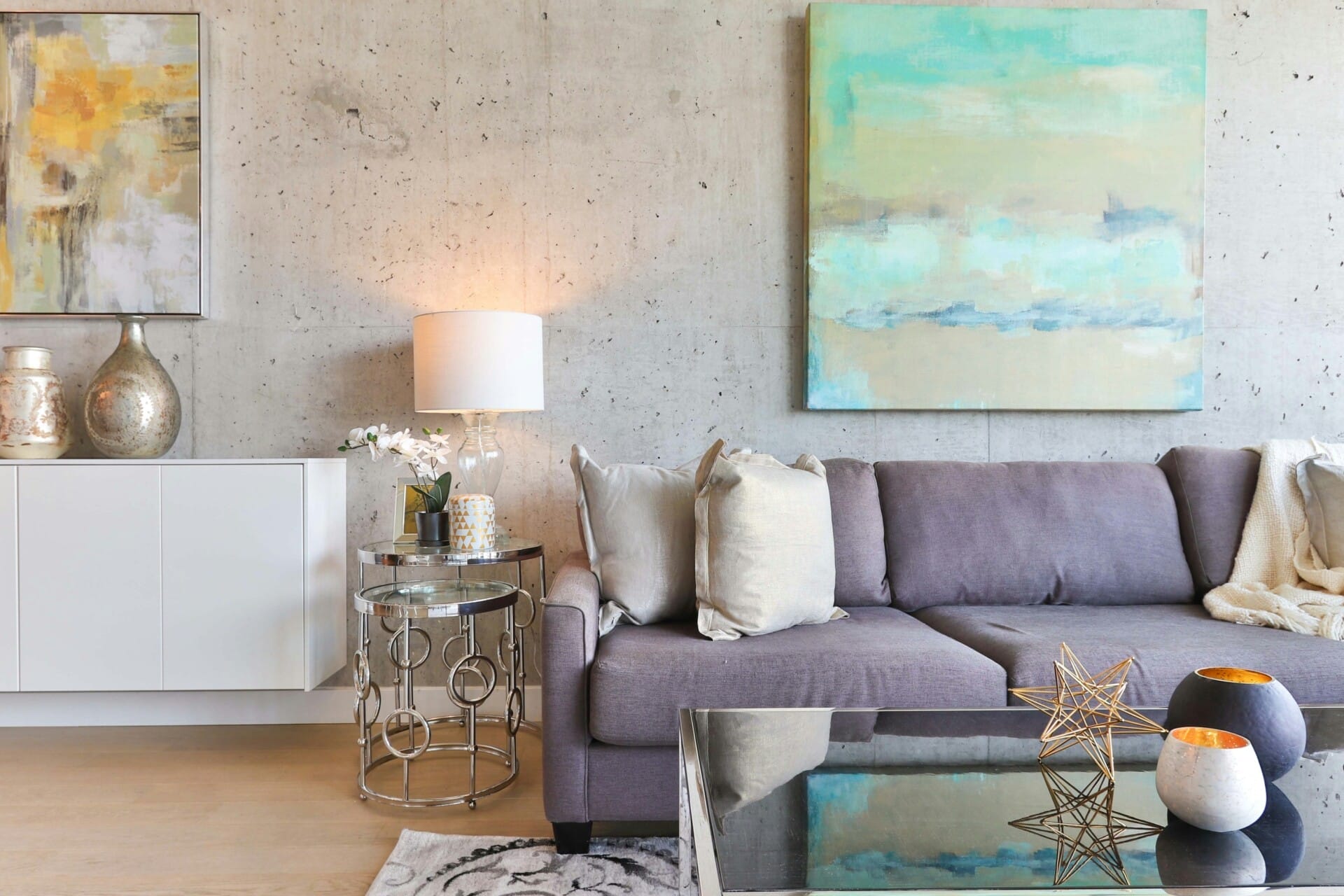
Tips for Creating Harmonious Color Palettes Across Your Home
Creating a harmonious color palette begins with understanding the mood you want to evoke in each room. Consider the function of the space: tranquil hues such as soft blues or greens can enhance relaxation in a bedroom, while vibrant shades like energizing yellows or warm oranges might be ideal for a home office. To achieve balance, think about the following:
- Use a Color Wheel: This tool can guide you in identifying complementary and analogous colors that work well together.
- Establish a Base Color: Pick a neutral or primary color that will act as the foundation for your palette. This can unify varying hues throughout the home.
- Limit Your Palette: Restricting yourself to a select group of colors can prevent overwhelming contrasts and create a seamless flow.
Once you have your primary color, explore how to expand your palette through accents and contrasting shades. One effective technique is to apply different tones or shades of your base color in other spaces, providing depth without deviating from your original vision. Additionally, incorporating textures and materials can further enhance color interactions. Consider these tactics:
| Technique | Description |
|---|---|
| Layering Tones | Select varying shades of your base color for furniture and decor. |
| Textured Surfaces | Incorporate materials like wood, metal, or fabric to create visual interest. |
| Accent Walls | Choose a bolder tone for a single wall to add depth without overwhelming the space. |
don’t shy away from experimenting with elements like art, textiles, and accessories to further enhance your palette. These items can provide bursts of color that elevate the overall aesthetic and adhere to your chosen color scheme. Remember to keep the following in mind when selecting accessories:
- Consistent Themes: Look for patterns or styles that reflect the colors used in the main palette.
- Natural Light: Observe how colors change throughout the day in relation to light, adjusting your choices accordingly.
- Personal Touches: Incorporate items that resonate with you, as this will ensure your home feels personalized and inviting.
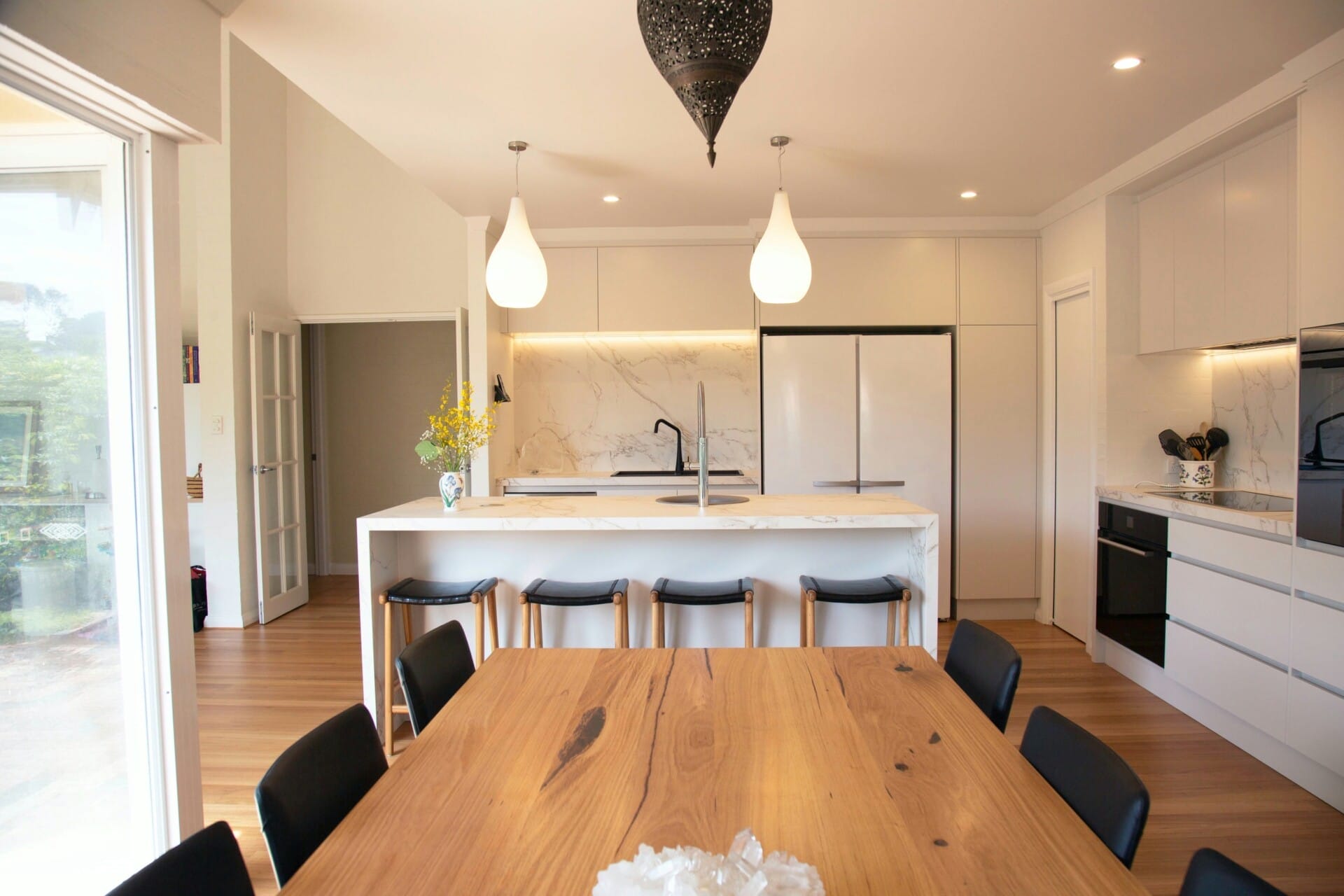
Practical Considerations: Finishes, Textures, and Surface Types
When selecting the ideal paint color, it’s essential to consider the finish you want to achieve, as different finishes can dramatically influence the overall appearance of your space. High-gloss finishes are not only vibrant but also reflect light beautifully, making them perfect for small areas or rooms that lack natural light. On the other hand, flat or matte finishes provide a soft, cozy feel, making them suitable for bedrooms or living spaces where a tranquil atmosphere is desired. It’s advisable to test your paint choices on sample boards to see how they interact with the room’s lighting throughout the day.
The texture of your walls can also play a significant role in your color selection. For instance, textured surfaces, such as stucco or rough drywall, can subdue the vibrancy of a paint color, often resulting in a more muted appearance. Conversely, smooth surfaces tend to enhance color brightness, which can make bolder shades appear more striking. Additionally, adding a subtle texture through techniques like sponging or rag rolling can create depth and interest, allowing colors to shift and change as light interacts with the surface.
| Paint Finish | Best Use |
|---|---|
| High-Gloss | Kitchen, bathrooms, kids’ rooms |
| Satin | Living rooms, hallways |
| Eggshell | Bedrooms, dining rooms |
| Matte/Flat | Ceilings, quiet spaces |
When deciding on surface types, it’s crucial to consider how they will work in conjunction with your chosen color. A well-prepared, clean surface enhances the paint’s adherence and longevity, whether you’re updating a sophisticated dining area or a playful children’s space. Remember that specific materials, such as wood or metal, may require specialized paints to ensure durability and maintain their aesthetic appeal. always factor in maintenance—satin and gloss finishes, while beautiful, may require more frequent cleaning than their matte counterparts, particularly in high-traffic areas.
Q&A
Q&A: How to Choose the Right Paint Color for Every Room in the House
Q1: Why is choosing the right paint color important for a room?
A: The right paint color can dramatically alter the mood and perception of a space. It can make a room feel more inviting, spacious, or cozy, depending on the chosen hue. Colors can also influence your emotions and even impact your productivity and rest.
Q2: How can I determine the best color for my living room?
A: Consider the atmosphere you wish to create. Soft, warm hues like taupe or soft blues can create a calming environment, while bold colors such as deep red or vibrant yellow can energize the space. Also, take into account the natural light, furniture, and any artwork you plan to showcase to ensure harmony.
Q3: What factors should I consider for a bedroom color?
A: Bedrooms are personal sanctuaries. Opt for shades that promote relaxation, such as muted greens, soft blues, or lavender. Consider your bedding and decor, and think about the level of light in the room—colors can appear different under various lighting conditions.
Q4: Are there colors that work best for kitchens?
A: Kitchens often benefit from colors that evoke freshness and cleanliness. Soft whites, light greys, and even pastel shades can enhance a bright, inviting atmosphere. You might also consider bolder colors, such as yellows or reds, which can stimulate appetite and conversation.
Q5: How can I use color to define spaces in an open-concept home?
A: In an open-concept space, you can use color to create visual boundaries without interrupting the flow. Consider choosing a cohesive color palette for adjoining areas, then use a slightly varied shade for each space. For example, a soft grey can seamlessly transition into a deeper shade of the same hue in the dining area.
Q6: What about more unconventional spaces, like a bathroom or hallway?
A: Bathrooms often benefit from light, airy colors that evoke a spa-like feel—think soft whites, light blue, or gentle greens. Hallways, which can be overlooked, can be a canvas for creativity—use accent walls or bold wallpapers to add character while keeping the main color light to keep the space feeling open.
Q7: Should I test paint colors before committing?
A: Absolutely! Paint colors can look different in the store than they do on your walls, affected by lighting and surrounding decor. It’s wise to paint small swatches on your walls and observe how they change throughout the day before making your final decision.
Q8: How do trends affect color choice?
A: While trends can inspire, it’s essential to choose colors that resonate with you personally. Classic combinations often withstand the test of time, but it can be fun to incorporate trendy colors through accessories or accent walls without fully committing to the latest fad.
Q9: What role does furniture play in choosing paint colors?
A: Furniture can dramatically influence your choice of paint color. Consider the shades, materials, and overall style of your furniture. A rich mahogany set might look striking against soft neutrals, while contemporary pieces may complement brighter shades.
Q10: Any final tips for selecting the perfect paint color?
A: Trust your instincts! Let your space reflect your personality and preferences. Remember to consider factors like lighting, the purpose of the room, and how you want to feel in the space. Starting with a color palette that makes you happy can lead to a beautifully cohesive home that feels just right.
In Conclusion
As you embark on your journey to transform your home with the perfect paint colors, remember that each shade has the power to tell a story, evoke emotions, and create an atmosphere uniquely yours. From the calming blues of your bedroom to the invigorating yellows of your kitchen, every hue can breathe life into your spaces and reflect your individual style.
Take your time in choosing colors that resonate with you and your family, and don’t shy away from experimenting with samples. It’s a creative process that invites you to explore possibilities and, ultimately, craft an environment that is both beautiful and functional. So, gather your inspiration, trust your instincts, and let your walls become a canvas for your imagination. Happy painting!